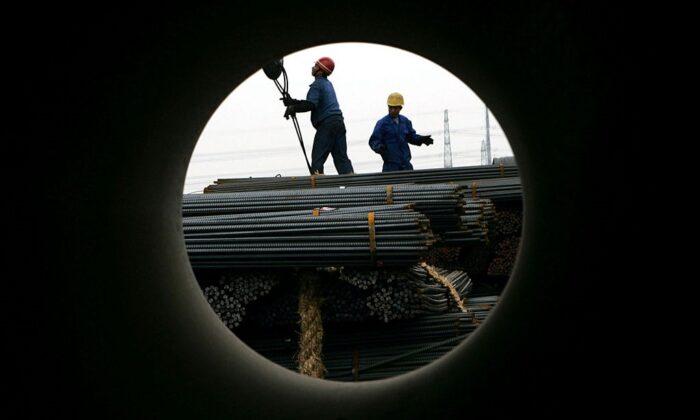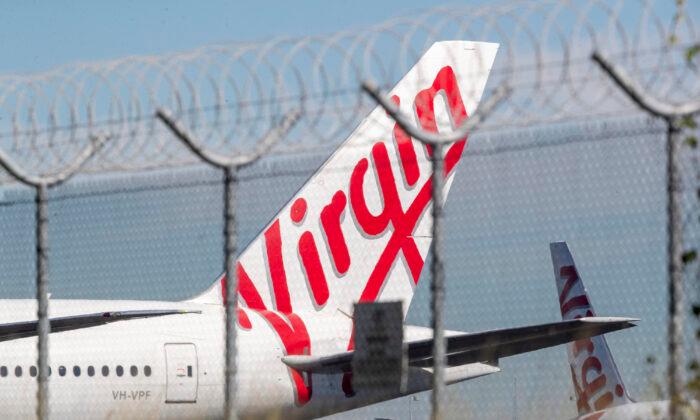Analysts agree that Australian iron ore exports will not be affected by U.S. President Joe Biden’s proposal to triple the 7.5 percent tariff rates on Chinese steel imports in an effort to safeguard the industry from unfair practices.
“We do not expect proposed tariffs by the United States on Chinese steel imports to impact Australian iron ore exports,” a spokesperson of global metal mining company, Fortescue, told the Epoch Times.
“Demand for steel in China has been resilient due to strong growth in manufacturing, infrastructure, and renewable energy investment. We expect this to continue in the near term.”
The spokesperson further noted that while China exports around 110 million tonnes of steel every year, very little of this will enter U.S. markets.
Lawrence Zhang, principal consultant for Steel and Raw Materials Market at Wood Mackenzie, concurs with s the same view.
“The impact of the U.S. tariff hike on Chinese steel is minimal given its already small volume, 0.8 Mt out of the total 91 Mt exports,” Mr. Zhang told the Epoch Times.
“We do not think it will have any noticeable impact on Australian iron ore exports, which mainly depend on Chinese domestic consumption.”
Under Mr. Biden’s proposal, the current 7.5 percent average tariff rate for steel could rise to 25 percent, while a separate 10 percent tariff rate on aluminum will also be imposed.
“They’re not competing, they’re cheating,” Mr. Biden said on a visit at the Pittsburgh headquarters of United Steelworkers on April 17.
“The bottom line is I want fair competition with China, not conflict. And we’re in a stronger position to win the economic competition in the 21st century against China, or anywhere else, because we’re investing in America and American workers again.”
The influx of cheap steel from China has reportedly impacted the global shipbuilding market and forced American workers to face unfair competition due to the heavy subsidization and higher carbon emissions associated with Chinese steel and aluminum.
Treasury Secretary Janet Yellen had also raised similar concerns after a visit to China on April 4, stating that the overcapacity of clean energy products would stream into global markets at lower prices, possibly stifling competition.
In response to a petition filed by the United Steelworkers (USW) and four other unions claiming that China has aggressive non-market policies, the Biden-Harris administration also promised to investigate China’s unfair trade practices in shipbuilding, maritime, and logistics.
China accounts for about half of the world’s steel production, and earns substantial profits beyond its domestic steel market needs, due to selling prices that are half the cost of US-produced steel, according to U.S. senior officials.
However, China’s Foreign Ministry Spokesperson Lin Jian countered these claims, stating, “The notion that China’s overcapacity harms the global market is a complete fallacy. Those who spread that narrative to justify protectionism have nothing to gain from it and will only destabilize and disrupt industrial and supply chains, hinder the world’s green transition, and curb the growth of emerging sectors.”
In February, Australian Strategic Policy Institute Senior Fellow David Uren said he expects Australia’s iron ore-driven economic windfall to face challenges.
“Australia should enjoy its iron ore-derived budget bonanza while it lasts, ideally trying to bank some of it. It may survive China’s housing downturn, but not a serious trade war,” Mr. Uren said.






